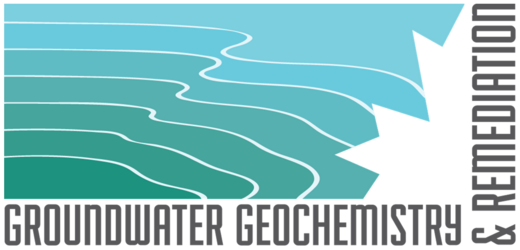
Research Areas:
Acid rock drainage:
We aim to understand the geochemical, hydrologic, microbiological, thermal and atmospheric influences on acid rock drainage and metal mobilization from the oxidation of sulfide minerals in various climates. Field and laboratory experiments are used to assess environmental and mineral characteristics and anthropogenic controls for reducing acid production and minimizing impacts on water resources.
Permeable reactive barriers:
Our research is focused on quantifying the efficiency and longevity of permeable reactive barriers for the interception and precipitation or degradation of metals and organic contaminants in groundwater. Through the deployment of bench- and field-scale barriers, we assess the interaction of hydraulic properties and geochemical reactions for groundwater remediation.
Non-traditional stable isotopes:
Our laboratory and field-based research is used for method development and investigation of isotope fractionation for understanding metal and nonmetal cycling. This research will assist the larger community in using these isotopes as tracers to understand metal mobility and fixation.
Mercury:
Our experiments are designed to investigate mechanisms controlling the release and transport of mercury species at contaminated industrial sites. The goal is to assess the cycling of mercury among aqueous, colloidal and solid phases and to develop effective remediation methods to reduce biotic exposure.
Emerging contaminants:
Research on emerging contaminants is focused on delineation of environmental conditions and chemical characteristics that control their fate in the environment. Laboratory and field studies are conducted to evaluate the fate and transport of various compounds, including perchlorate and pharmaceutical compounds.
Reactive transport modelling:
A key aspect of our research is the development and application of numerical models to describe physical transport and geochemical reaction mechanisms, and the coupling of physical and geochemical processes that control the fate and transport of contaminants in groundwater and remediation systems. Models are applied to field and laboratory investigations to provide a quantitative assessment of controlling processes and to develop more robust conceptual models.